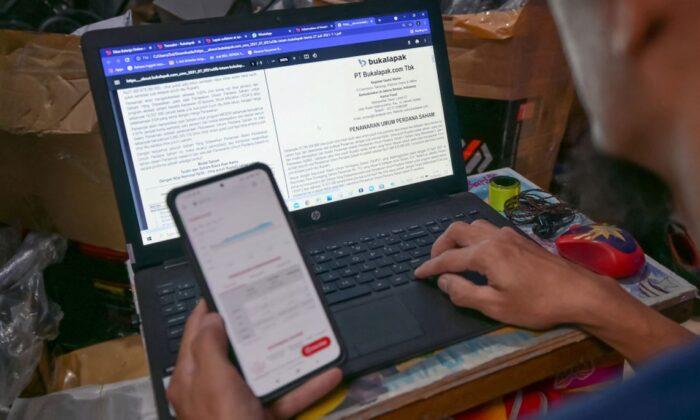Microsoft announced the end of Windows 10, the world’s most popular operating system, and said the current version will be the last.
In a “
client roadmap update,” Microsoft said that the current version of Windows 10, 22H2, which was released in October 2022, is the final feature update. Security updates and support will still be provided for Windows 10 Home, Pro, Enterprise, and Education versions until Oct. 14, 2025.
“We highly encourage you to transition to Windows 11 now as there won’t be any additional Windows 10 feature updates,” the company wrote last week. “If you and/or your organization must remain on Windows 10 for now, please update to Windows 10, version 22H2 to continue receiving monthly security update releases through October 14, 2025.”
A number of Windows users, however, won’t be able to upgrade their computers. A number of older PCs and laptops aren’t able to run Windows 11 due to support for the Trusted Platform Module (TPM) version 2.0 that was introduced several years ago.
“The
Trusted Platform Modules (TPM) is a chip that is either integrated into your PC’s motherboard or added separately into the CPU,” David Weston, Microsoft vice president of enterprise and OS security, said in 2021. “Its purpose is to protect encryption keys, user credentials, and other sensitive data behind a hardware barrier so that malware and attackers can’t access or tamper with that data.”
Windows 10 still accounts for about 70 percent of the Windows market share, according to
Statcounter, while Windows 11 has just 20 percent. It means that Microsoft’s decision will impact potentially hundreds of millions of Windows users worldwide.
In the comments section of Microsoft’s announcement last week, a large number of commenters expressed displeasure with Microsoft’s decision. Some criticized Windows 11’s features, while others claimed that Microsoft was engaging in “forced obsolescence” by ending support for Windows 10.
“The looming 2025 update cutoff means that PCs that don’t meet the Windows 11 system requirements will no longer be able to get officially supported Windows security updates. Most of those systems will be at least seven or eight years old at that point, which is old but not past the point of usefulness for many devices; users will either need to take their chances with an unsupported Windows 11 install or an alternate operating system like ChromeOS Flex or some other Linux version,”
explained Ars Technica.
Meanwhile, Microsoft posted a
separate advisory that all Long-Term Servicing Channel (LTSC) releases designed for Windows 10 devices will continue to get updates beyond the Oct. 25, 2025 cutoff date. “Existing LTSC releases will continue to receive updates beyond that date based on their specific lifecycles,” it said.





